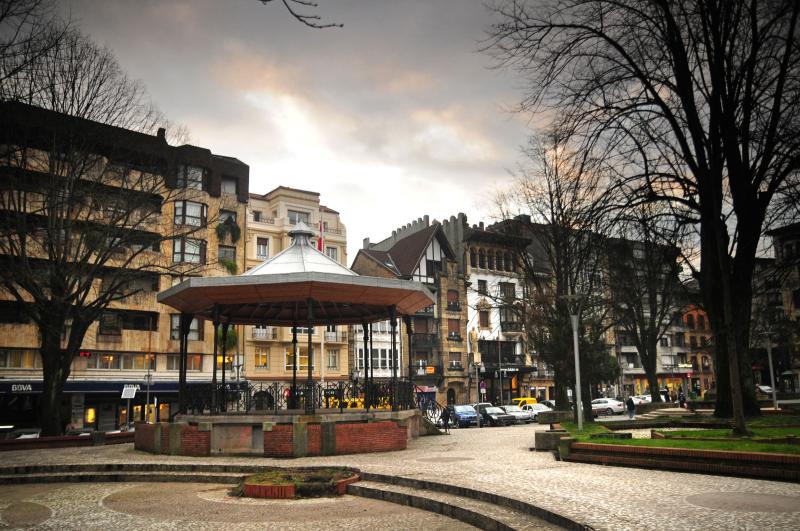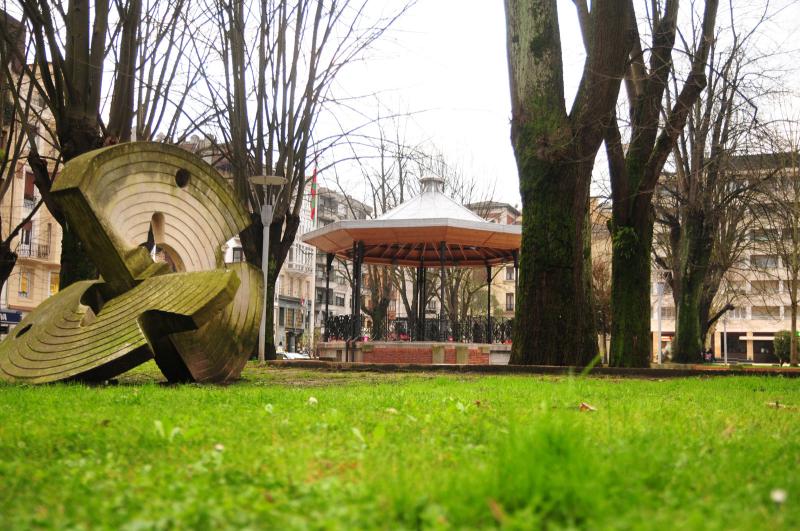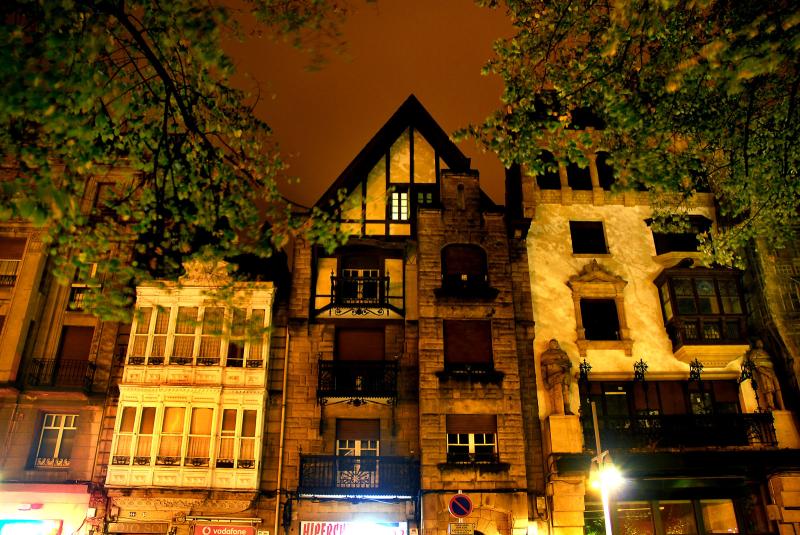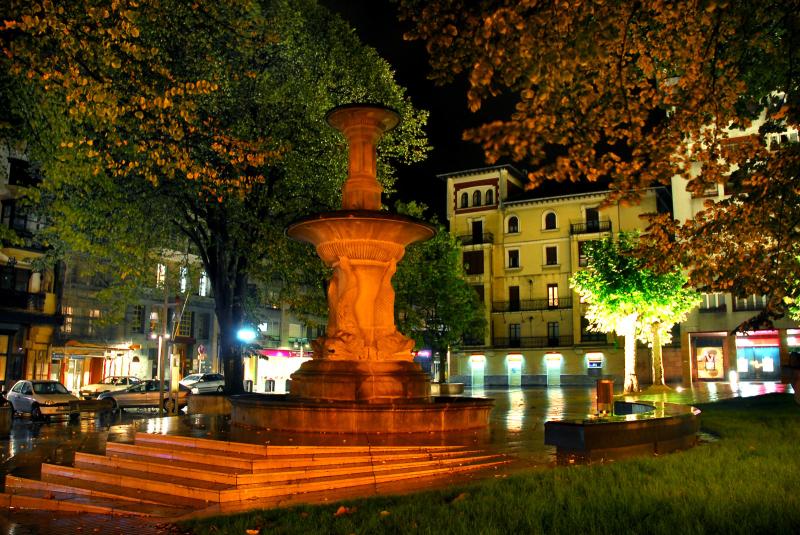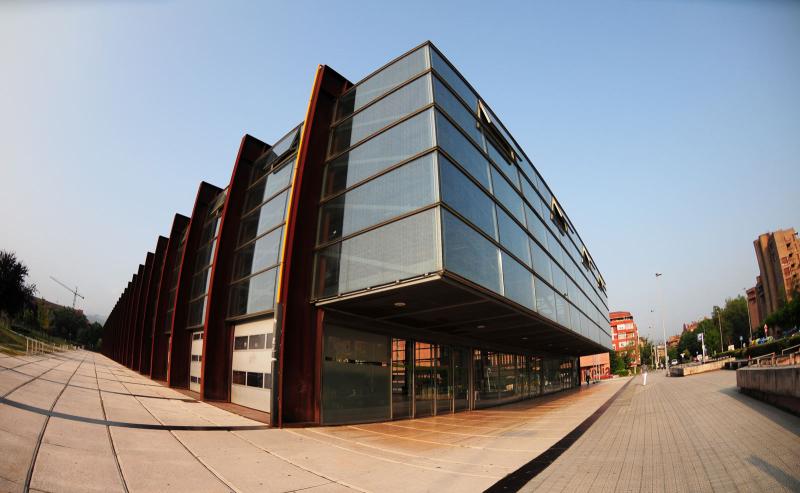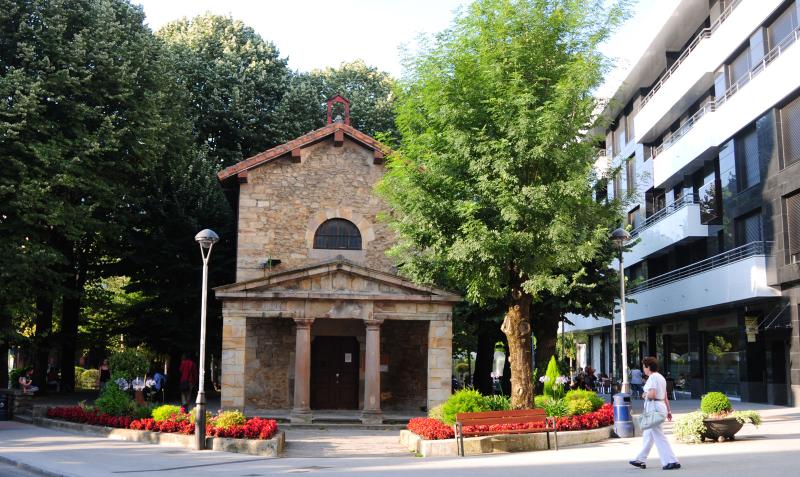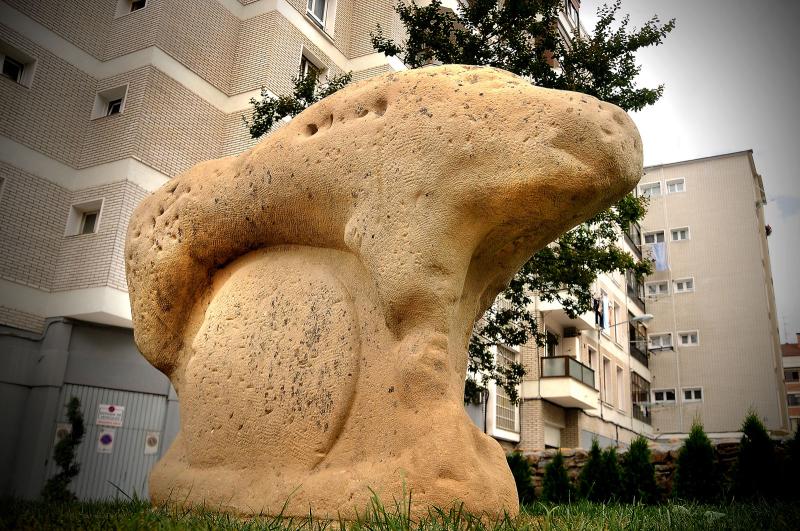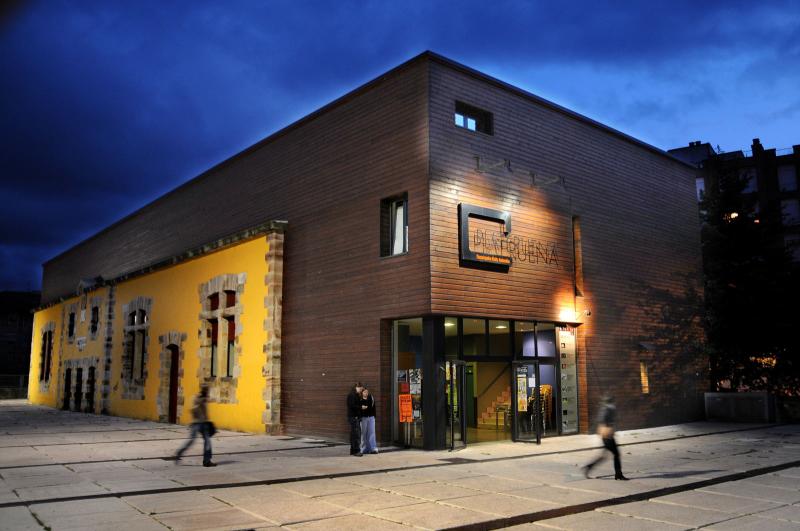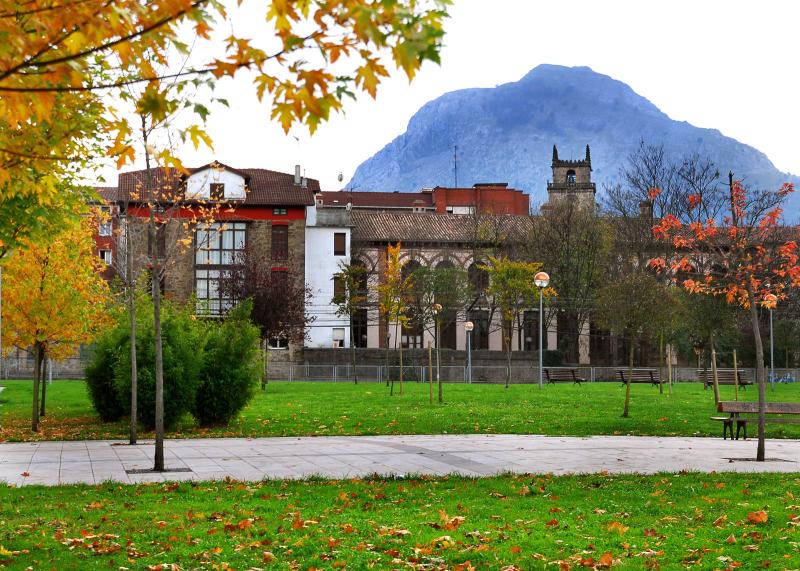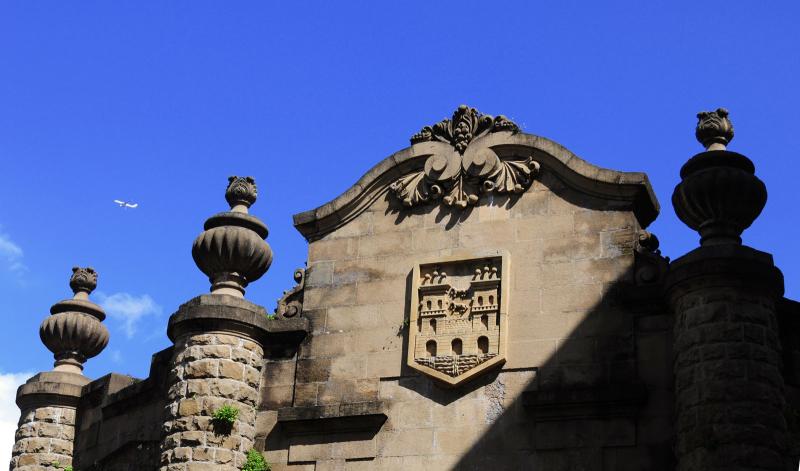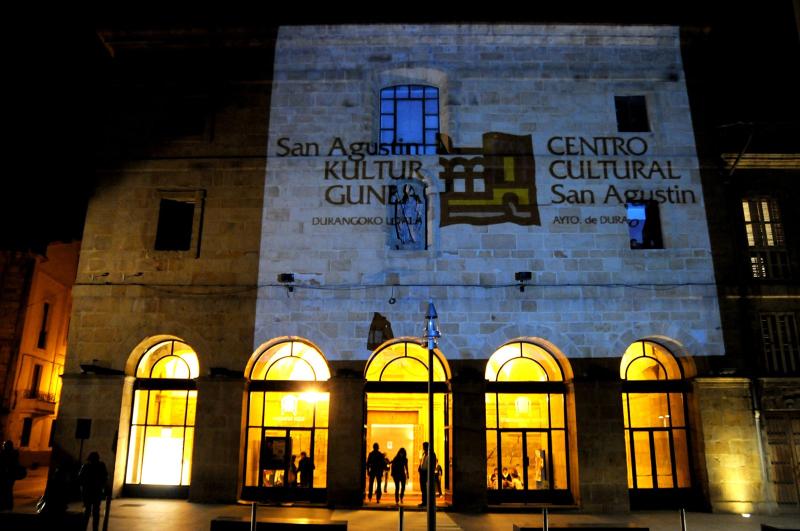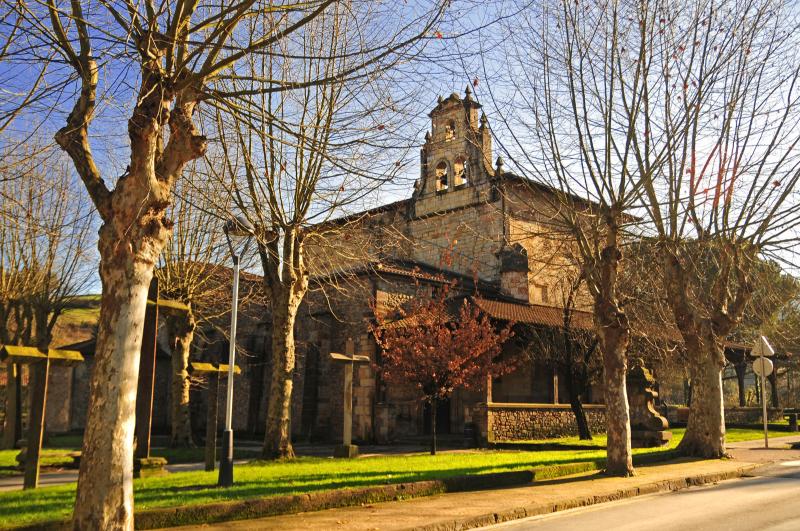Towards the end of the 1960s the square was planned by the architects Fullaondo (1936-1994) and Olabarria (1939). It has been recently modified, but we can still see traces of its original avant garde style. A unique project which earned the architects the Pedro de Asúa Prize from the College of Architects Basque-Navarre in 1971.
Zumalakarregi Street
In this street we can see the house of Teodoro Arocena, the work of Mario Camino and Diego Basterra in 1922. It is the building with the bizarre mix of medieval warriors, renaissance porticos and English style (poligonal) windows.
The adjacent building, on the left, with the apex roof is the work of Pedro Guimón, the architect who championed the "Caserío", the typical Basque country house.
The next along is by Casto de Zabala, creator of the first Gorbea cross. It features ornate glazed balconies, a symbol of the oppulent society.
The Bandstand
The Bandstand is the focal point of the many dances that were celebrated here throughout the decades. It is also the habitual venue for the town band, "Banda de Música de Tabira de Durango". It was built in 1902.
The Fountain of Ezkurdi
Of neo-baroque style, it bears an inscription commemorating the initial laying on of the water supply in 1864.
"Juego de Pelota"
This is a sculpture created by the architects of the square of Ezkurdi in 1970, whose title "Juego de Pelota" refers to the nearby fronton. It is based on "El par móvil" by Jorge Oteiza (1908-2003).
Ligni Mundus
This is a stone sculpture symbolizing the VI Forestry Congress, when it celebrated its final world exhibition in 1966.
Fray Juan de Zumárraga
Zumárraga was born in Durango in 1475 or 1476. He became the first bishop of Mexico in 1533.
The diocese of Mexico was elevated to metropolitan status on the 8th July 1546, and its first archbishop was Zumarraga, who died 3rd of June 1548.
In 1530 he took to Mexico the royal warrant that prohibited the slavery of the Indians, and specified the measures to be taken to moderate their taxes. He took the printing press to America in the XVI century (1539).
Fronton Ezkurdi Jai Alai
At the entrance to the collonades of Ezkurdi, we see a plaque which shows the demarcation of the left wall of the old fronton.
The present-day Fronton Ezkurdi Jai Alai is enclosed and is known for its games of "Cesta Punta", pelota with a basket worn on the players' hand. It is 50 years old and has a capacity of 700 people.
Ezkurdi exhibition gallery
An exhibition gallery dedicated to themed events, it also serves as an exhibition centre for local artists from the wider Durango area, thanks to the collaboration of the "Asociación de Artistas del Duranguesado".
As an annual event, it shows the works of school-children of Durango as part of the inter-school competitions.
The gallery covers an area of 115 sqm.

